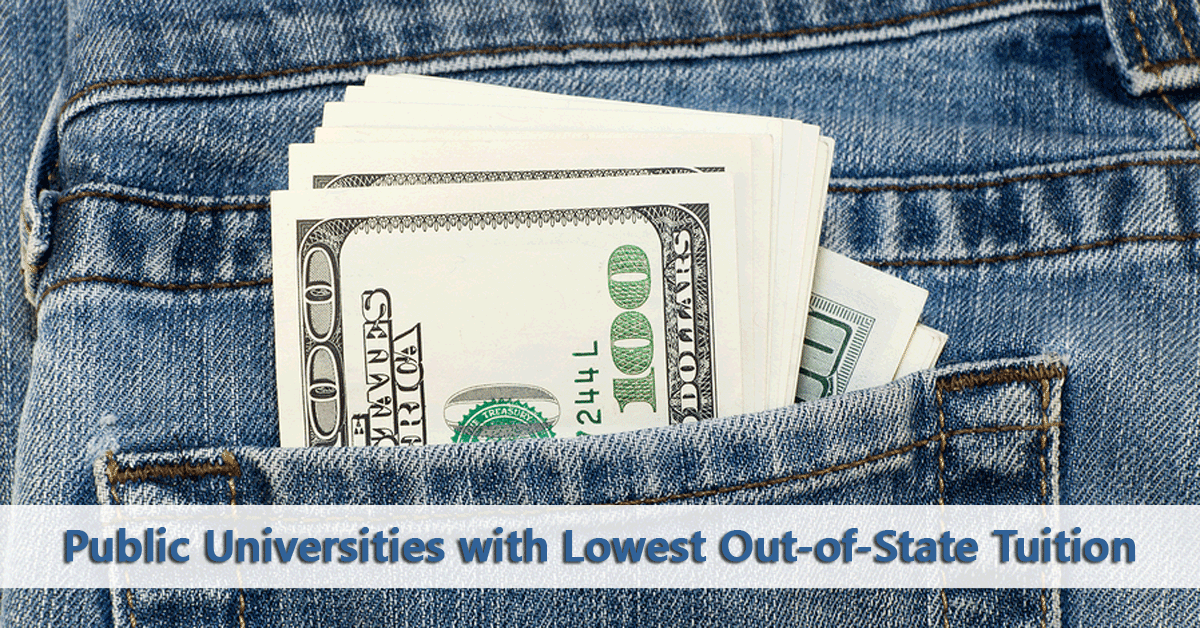 I’ve updated the list of colleges with no application fees based on the Integrated Post-secondary Education Data System (IPEDS) and information from the Common Application. The IPEDS data is the fee charged for the previous academic year while the Common Application Data is for the 2022-23 year. Yes, it’s very possible the data reported by IPEDS will not be valid for the coming year. But it’s what is available.
I’ve updated the list of colleges with no application fees based on the Integrated Post-secondary Education Data System (IPEDS) and information from the Common Application. The IPEDS data is the fee charged for the previous academic year while the Common Application Data is for the 2022-23 year. Yes, it’s very possible the data reported by IPEDS will not be valid for the coming year. But it’s what is available.
College Application Fees can be Expensive!
Everyone knows the cost of higher education is spiraling out of control. Did you know that just the cost to apply to college has reached equally outrageous levels? Applying to US News 2022-23 Top Ten (there are actually 11 top 10 because of a tie) National Universities would set you back $845 in application fees with a low of $70 to a high of $90. Only two schools charged less than $75. That doesn’t include the cost of sending in test score reports.



 (The Cheapest Out-of-State Colleges List has been updated for the latest data available in September of 2022.) Back when I was a freshman attending a rather large state university in Austin, Texas, I ran into quite a few students (relatively speaking) from the state of New York. They told me that they were attending college in Texas because our out-of-state tuition was cheaper than their in-state tuition. I only saw them that one year because the following year, the legislature raised out-of-state tuition and Texas was no longer as appealing to New Yorkers as it once was.
(The Cheapest Out-of-State Colleges List has been updated for the latest data available in September of 2022.) Back when I was a freshman attending a rather large state university in Austin, Texas, I ran into quite a few students (relatively speaking) from the state of New York. They told me that they were attending college in Texas because our out-of-state tuition was cheaper than their in-state tuition. I only saw them that one year because the following year, the legislature raised out-of-state tuition and Texas was no longer as appealing to New Yorkers as it once was.


 After diligently reporting their families’ financial information as accurately as possible in the FAFSA under the threat of a $20,000 fine and/or prison, high school seniors are anxiously waiting to receive their financial aid award letters. Now, even though each student’s family situation is different, applicants all completed a standard form for financial aid. Major financial factors such as loss of job or health issues have to be addressed in a separate letter to the financial aid office.
After diligently reporting their families’ financial information as accurately as possible in the FAFSA under the threat of a $20,000 fine and/or prison, high school seniors are anxiously waiting to receive their financial aid award letters. Now, even though each student’s family situation is different, applicants all completed a standard form for financial aid. Major financial factors such as loss of job or health issues have to be addressed in a separate letter to the financial aid office.
 Sometime during their senior year in high school, students will start receiving notices from the counseling office on tips on how to find scholarships and news about the various available college scholarships. These scholarships will probably range in the $250 to $1,000 range with a few hitting $5,000. They’ll be encouraged to start using the different scholarship search websites so that they won’t have to take out student loans. By January, they’ll hear that if only they would get organized and be persistent in their scholarship search, they can take advantage of all the
Sometime during their senior year in high school, students will start receiving notices from the counseling office on tips on how to find scholarships and news about the various available college scholarships. These scholarships will probably range in the $250 to $1,000 range with a few hitting $5,000. They’ll be encouraged to start using the different scholarship search websites so that they won’t have to take out student loans. By January, they’ll hear that if only they would get organized and be persistent in their scholarship search, they can take advantage of all the 





